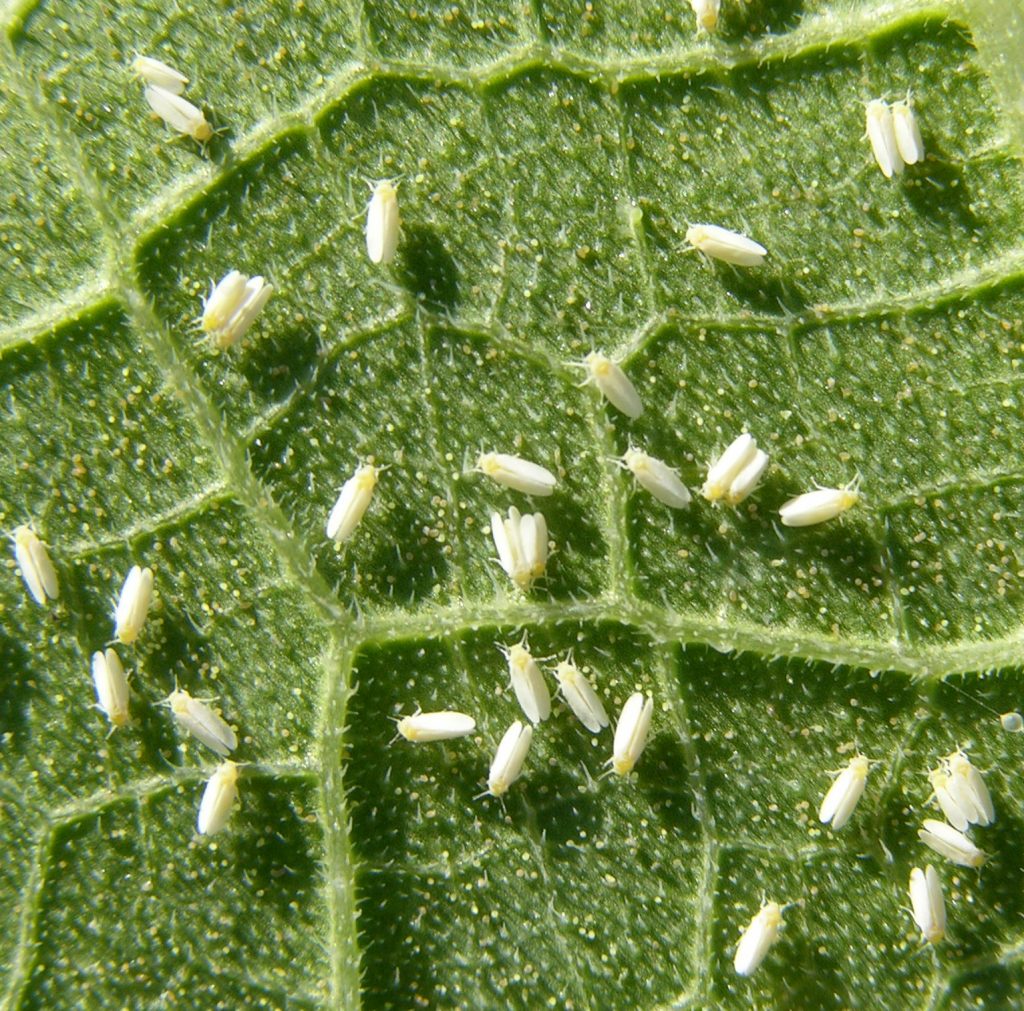
Stormy Sparks’ message regarding whitefly management remains the same: If you’re done with the crop, get rid of that crop.
Sanitation remains the best defense against whitefly buildup in Southeast vegetable and cotton crops. Even watermelon producers, who don’t have to contend with whiteflies as much as cantaloupe and cucumber farmers, are encouraged to do their part in preventing potential infestations in other fields.
“Watermelons present a unique challenge because we’re dealing with so many more growers,” said Sparks, a University of Georgia Cooperative Extension vegetable specialist.
“If you look at it from strictly a financial standpoint this season, in many cases there’s no emphasis on whitefly management in watermelons. But if we don’t get rid of the crop, we can distribute them on watermelons and then they can build up in those crops that are left standing and move into cotton. That’s basically what happens.”
Sanitation is a key management strategy all farmers can implement when managing whiteflies. Once farmers are done harvesting their spring vegetables, they need to get rid of them.
Watermelons Left in the Field
But in many watermelon fields, watermelons are sometimes left in the field long after the final harvest. This can be largely attributed to “pinhookers” or people who buy the remaining watermelons in a field with the purpose of reselling them. However, this leaves a watermelon field susceptible to whitefly infestations since so much of the crop is left in a field for weeks, if not months.
“You can find fields in the fall that were planted in the spring,” Sparks said.
Whitefly Impact
Whiteflies migrate from winter vegetables to spring vegetables to agronomic crops, like cotton, to fall vegetables and back to winter vegetables. Whiteflies cause feeding injury issues in vegetables and transmit two viruses: cucurbit leaf crumple virus and cucurbit yellow stunting disorder virus.









